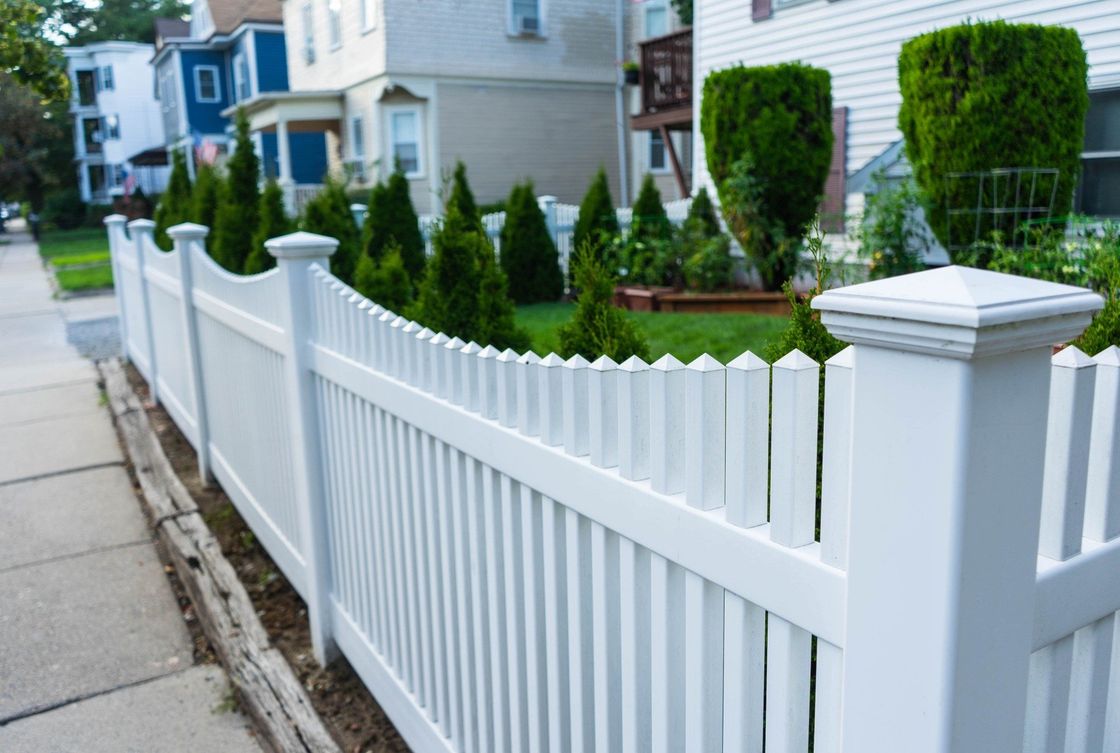:max_bytes(150000):strip_icc()/beautiful-garden-fences-4175921-hero-1753d4fd6dbf408399ebee13639a08c6.jpg)
Building a fence doesn’t have to break the bank. With the right materials, planning, and a little DIY effort, you can create a sturdy and attractive fence without spending a fortune. Budget fencing is all about smart choices—using affordable materials, repurposing supplies, and doing the work yourself.
In this step-by-step guide, we’ll walk you through the process of building your own budget fencing, from planning to installation. Whether you’re looking for privacy, security, or just a decorative boundary, this guide will help you achieve your goal without overspending.
Step 1: Plan Your Fence
Before you start digging or buying materials, take time to plan your fence properly.
Determine the Purpose
- Privacy? Consider taller, solid panels.
- Security? Opt for sturdy materials like metal or treated wood.
- Decorative? Lattice or picket fences are great choices.
Measure Your Space
- Use a measuring tape to determine the perimeter.
- Mark fence post locations (typically 6-8 feet apart).
Check Local Regulations
- Some areas require permits for fencing.
- Check property lines to avoid disputes.
Step 2: Choose Affordable Materials
The key to budget fencing is selecting cost-effective materials. Here are some wallet-friendly options:
Wood
- Pine or spruce – Affordable but may require treatment for durability.
- Pallet wood – Free or cheap if sourced from local businesses.
Wire & Metal
- Chain-link fencing – One of the cheapest options.
- Cattle panels – Strong and long-lasting for rustic fences.
Vinyl & Composite
- Recycled vinyl fencing – Often available at a discount.
- Composite panels – More expensive upfront but low maintenance.
Alternative Materials
- Bamboo – Natural and inexpensive for a tropical look.
- Corrugated metal – Durable and modern.
Step 3: Gather Tools & Supplies
You’ll need basic tools to build your fence:
- Post hole digger or auger
- Level
- Hammer & nails / Screwdriver & screws
- Saw (if cutting wood)
- String & stakes (for alignment)
Step 4: Install Fence Posts
Strong posts are the backbone of your fence.
Dig Post Holes
- Dig holes 2 feet deep (or below the frost line in colder climates).
- Space holes 6-8 feet apart for stability.
Set the Posts
- Place posts in holes and fill with quick-setting concrete or gravel for drainage.
- Use a level to ensure they’re straight.
- Let concrete cure for 24-48 hours before attaching rails.
Step 5: Attach Rails & Panels
Now it’s time to build the fence structure.
For Wood Fences
- Install horizontal rails between posts.
- Nail or screw vertical pickets or panels to the rails.
- Leave small gaps between pickets if airflow is needed.
For Wire or Metal Fences
- Unroll chain-link or attach cattle panels to posts.
- Secure with fence ties or brackets.
Step 6: Add Finishing Touches
To make your budget fencing look polished:
- Paint or stain wood to protect against weather.
- Add post caps for a decorative touch.
- Plant climbing vines for a natural look.
Step 7: Maintain Your Fence
Even budget fencing needs upkeep to last:
- Inspect annually for rot or loose panels.
- Re-tighten wires or screws as needed.
- Reapply sealant every few years for wood fences.
Conclusion
Building your own budget fencing is a rewarding project that saves money while enhancing your property. By choosing affordable materials, doing the labor yourself, and following this step-by-step guide, you can create a durable and attractive fence without overspending.



